Gilmerton Cave: a place of worship or a place of relaxation? (8 photos)
Previously, it was generally accepted that Gilmerton Cave in Scotland, one of the most ancient attractions in the country, was a Druid temple. 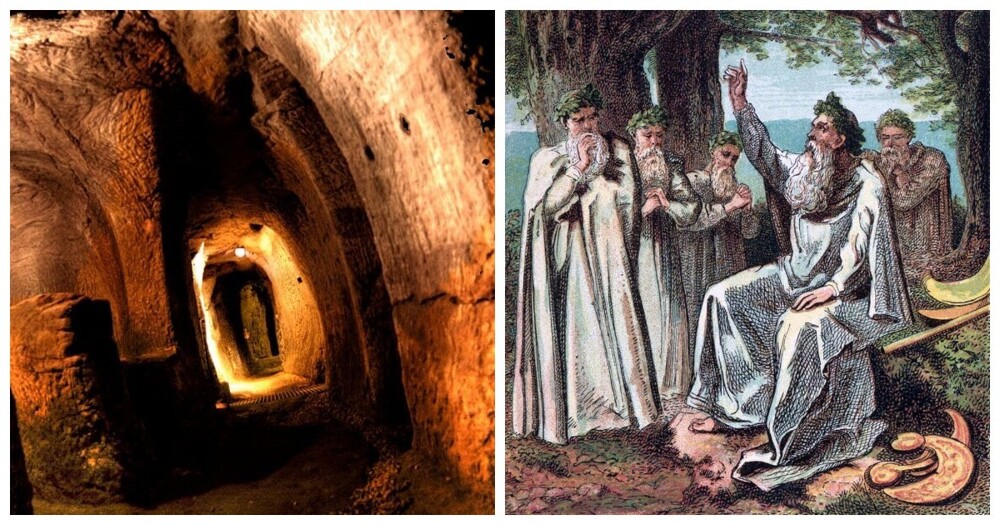
But now information has emerged that casts doubt on its use by the priests as a sacred place. The cave is located in the Edinburgh suburb of Gilmerton. It was opened to the public relatively recently, only 20 years ago. 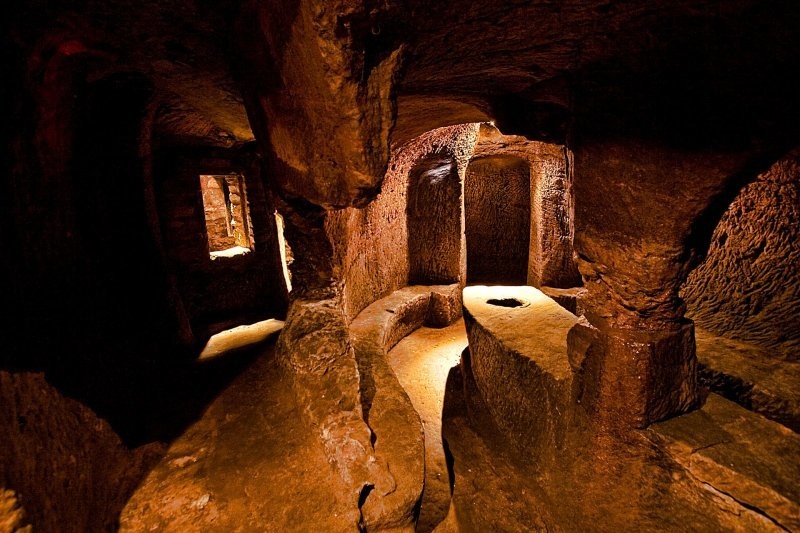
Researchers believe that the grandiose underground structure was created by the Druids to conduct religious ceremonies and rituals. And then, due to some external reasons, they decided to bring down the rock so that the sacred place would not be desecrated and would retain its purity. 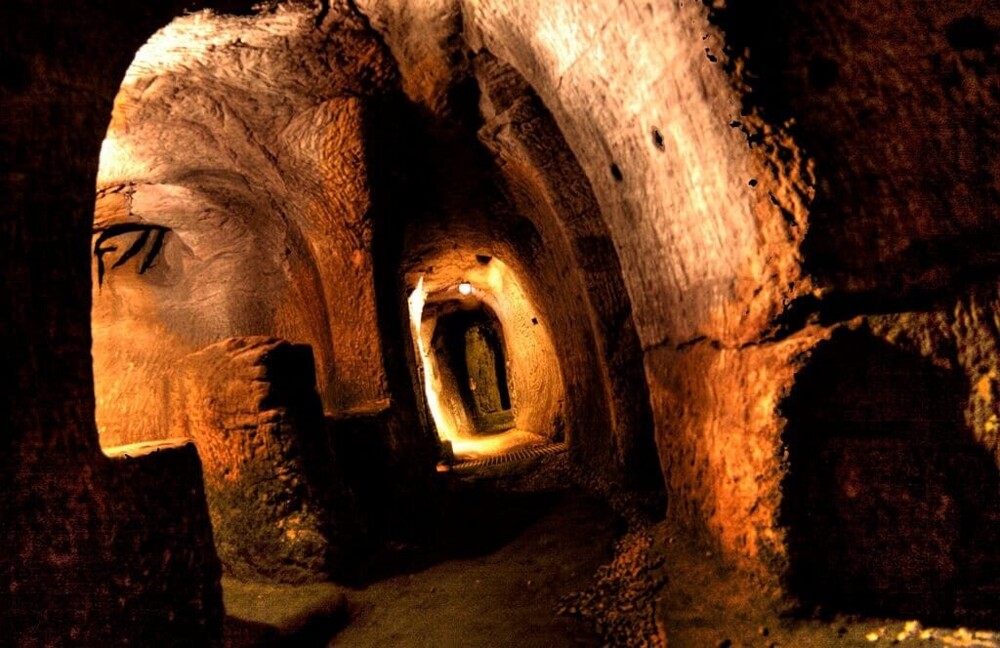
In 1724, local blacksmith George Paterson came across it. He began to remove the rubble and discovered an ancient temple. Gilmerton's Cove, as the locals call it, consists of two curved corridors, 10 and 20 meters long, and eight rooms. What’s amazing is that the entire structure is man-made. That is, every millimeter of the floor, ceiling and walls is carved from sandstone and processed by hand. 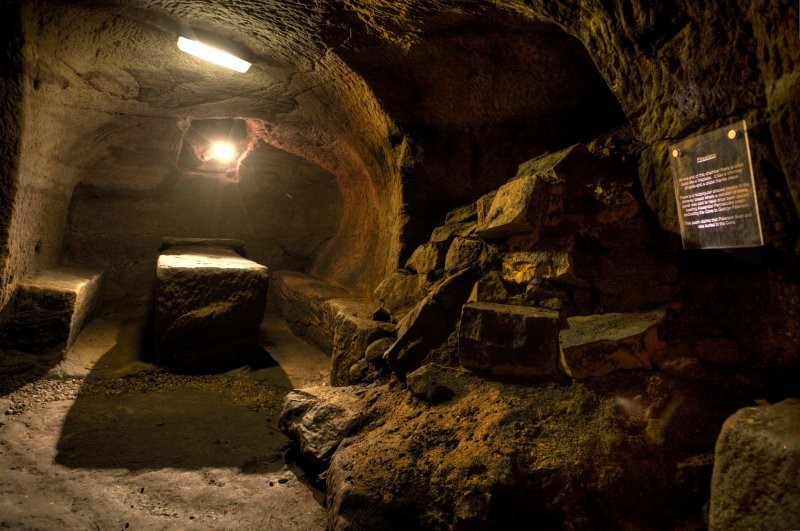
Since its discovery, researchers from different eras have put forward a variety of versions regarding the functional purpose of this object. From realistic to mystical. A rather unusual hypothesis was the assumption that the inhabitants used the dungeon as a pub. This is a closed drinking establishment for those who like privacy. But the archives showed that at the beginning of the 18th century, the small village of Gilmerton, with a population of less than 1,000 people, had several such establishments. Who needs to spend colossal resources to set up a pub underground? 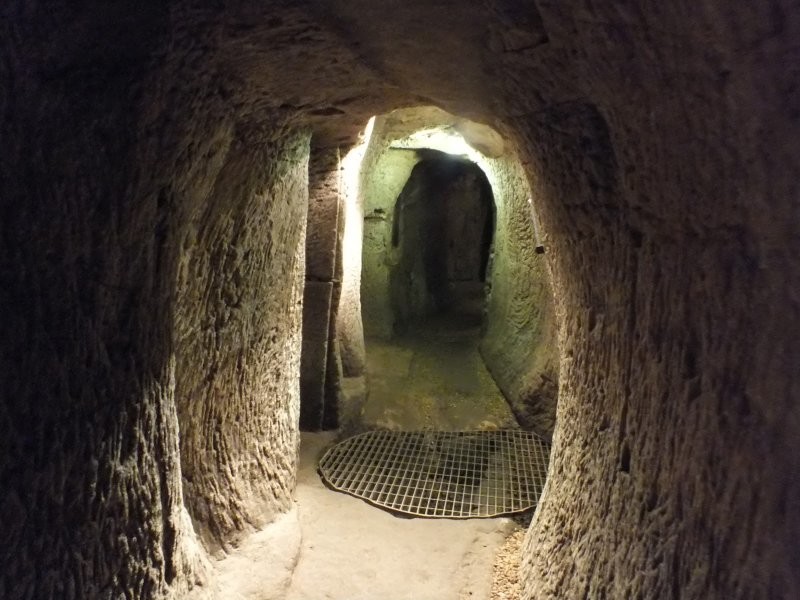
Questions are raised by a staircase discovered during excavations in 2002, which turned out to be very worn, and numerous holes in the ceiling that are too small to extract rock out. 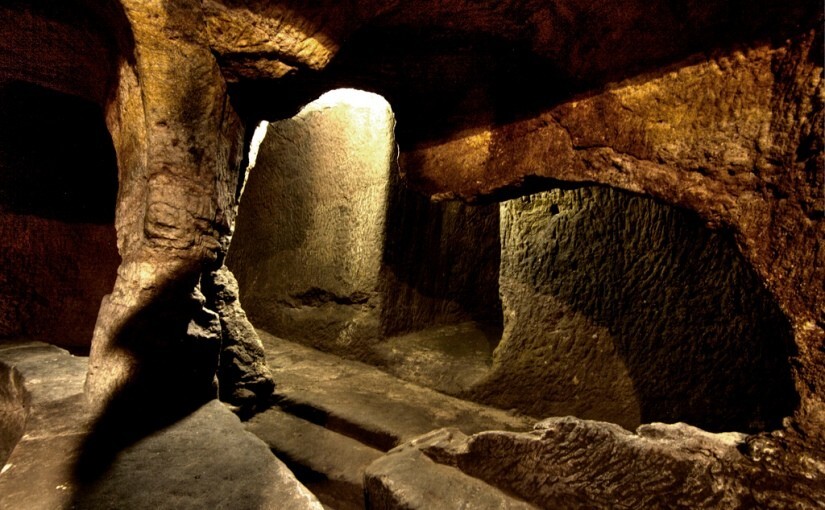
Sandstone is a very hard rock. Therefore, for its high-quality processing, as can be seen from the decoration, metal tools were necessary. Considering that the cave has curved tables in the shape of a horn, its construction cannot be attributed to the Christian era: the symbol of the devil was then strictly prohibited. Accordingly, the structure was created earlier, approximately between 500 BC. and 500 AD And the only people who had the skills and abilities to do such work were the Druids. 
They left virtually no traces of themselves. But researchers who continue their work and discovered that the bay also has a hidden part, believe that in the future it is possible to confirm the fact that Gilmerton Cave will be recognized as the only surviving cult place of ancient culture in the world. 






























